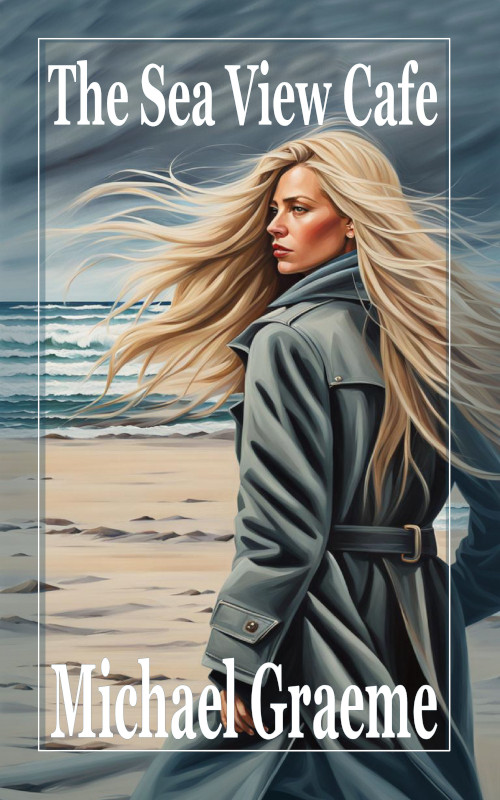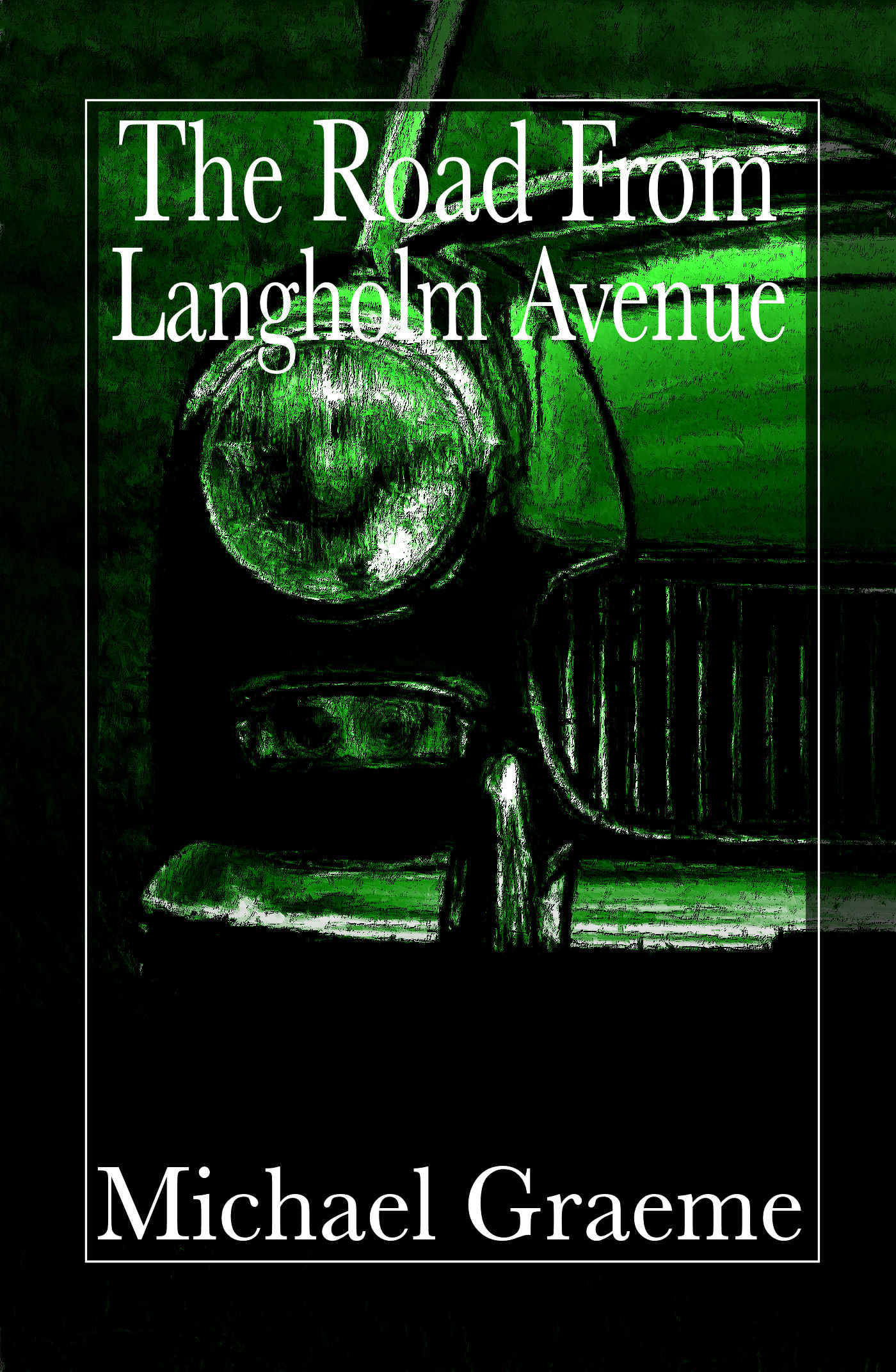The gate to the war memorial at Abbey Village is locked. I usually visit in the week leading up to the armistice, to leave one of those little wooden crosses for my great uncle. He died in Mesopotamia in 1918, and is named on the column. He was one of the many sons of the village who did not come home.
So, what to do? Well, after a moment of indecision, I toss the little cross, as gently as I can, but still rather indecorously, through the bars, where it falls skew-whiff among the evergreens in the planter at the foot of the column. I offer a wordless apology. A token charged such as this should be placed mindfully, not tossed as a last resort, but I didn’t know what else to do. I had not wanted to walk away with it still in my pocket, for then the charge would have fizzled away to meaninglessness. I shall have to rethink arrangements for next time. I’ve been coming here for years and never encountered a locked gate before. I wonder if the village fears vandalism?
Remembrance and the red-poppy has become a political wedge issue in recent years. For myself I feel it’s simply important to keep alive the memory of one’s family’s losses in war, and that we carry that consciousness forward into the lives we lead ourselves, for if enough of us can re-imagine the grief, following those fateful telegrams home, the generation we raise might be better able to temper their reactions whenever sabres start to rattle, as they inevitably do from time to time. And they in turn might pass the same thing on.
Abbey is a place mostly pictured for me in the monochrome and the sepia of family photographs, from the nineteen thirties to the early sixties. Time has changed it, of course. Motor cars now line the main thoroughfare, and satellite dishes bristle from the rooftops. Five minutes, though, and it is a world forgotten, while another modernity lures us in. This is a modernity of the Victorian period – the reservoir system, and the woodland plantation that surrounds it, a circuit of which will take us a couple of hours, and covers a good five miles. It was a Sunday stroll for my parents, decked out in their best threads. Now we wear storm-proofs and hiking boots, like it’s the world’s end, and the rain will melt us.
The light in November starts poor, and fades early. This afternoon we begin with the flake-white overcast that forms a backdrop to so many of L.S. Lowry’s paintings, and it takes on an increasingly blue-grey tint as sunset approaches. But the intense beauty of autumn has arrived, and the woodland around the Abbey reservoirs is a delight to walk. It is also a place of deep, mysterious shadow, but wonderfully coloured along the pathways, from the rose-gold of the fallen leaves, to the yellows of the beeches, and the pale greens still hanging on. And as the trunks and boughs emerge from their thinning foliage, they assume expressive postures, with the feel of an impressionist tableau.
I had felt something unfriendly, even unwelcoming in that incident at the war memorial, that the modern village no longer wishes to recognise its past, of which I and my family are a part, but then I discover only smiles and hearty greetings from the few walkers I encounter on the trail. In fact, I encounter most of them twice, as we pass in opposite directions, doing the same circuit, but the other way round. There are owls calling, deep in the privacy of the woods, and I discover a working charcoal kiln, with evidence of fresh coppicing, and woodland management. The charcoal is used mostly for barbecues, but also art supplies, and the bits left over, the charcoal fines, are bagged and sold as “biochar”, a horticultural soil improver.
On the one hand, it is encouraging to see these traditional practices still being carried out, while on the other it’s disconcerting to see how much woodland is required to be fenced off from casual exploration. Not all the best photographs can be taken from the marked trails. We need some flexibility to stalk the light and the shadow, and these fences, liked locked gates, get in the way of imagination and our freedom to express ourselves.
From Abbey we descend as far as the bridge over Rocky Brook, then begin the climb towards Ryal Fold. The rambler’s café is a tempting destination, but it shuts at three today, and we’ll never make it, so we take the more direct return along the woodland ways. There are hints of a pale sun trying to break through, now, a last gasp for the day, but it never quite makes it. No matter. The woodland has an exquisite air about it this afternoon, and the autumn colours are ravishing. We return to Abbey at lighting up time. The car park of the Hare and Hounds looks busy, so we’ll pass on coffee, and begin the drive home. The woods were a sight for sore eyes today, and a balm for the soul.
On the subject of remembrance, there is a story about a young man lost in the war, and his father holding on to the hope that there’d been a mistake, and his son would return. To this end he would go down to the local railway station every day to meet the tea-time train, thinking his son might be on it, but of course he never was. The father maintained this ritual for decades, into old age and the Beeching cuts, which saw the line closed, and the rails taken up,…
I regret I do not know the author’s name, but it was a story that touched me deeply. It could have been my great-grandfather, refusing to believe in that telegram message, that there had been a mistake, and of course his son would return, hale and hearty as he had set out. But it’s a long time since the trains ran through Abbey, and, for sure, my great uncle isn’t coming back.
Shall they return to beatings of great bells
In wild trainloads?
A few, a few, too few for drums and yells,
May creep back, silent, to still village wells
Up half-known roads.
Wilfred Owen

























Very moving, Michael. I know Abby Village well. It used to be on one of the world’s best motorcycle runs – I always slowed down to less than 30 going through the actually village: too narrow for anything else to be safe. Sad that the gate was locked; and utterly inappropriate… A lovely walk and one I’ve taken from the Tockholes end many times.. I’d never read that Own poem. What poignant use of so few words…’half-known roads’ sums it up. Thank you.
Thank you, Steve. It is a gorgeous road coming out of Bolton, and in no time zipping along with the moors on either side, a good run probably all the way to Houghton. I’ve done it on e a motorbike and nowadays still take a detour that way on the slightest pretext, with the top down. Thanks for the reblog! You’re right, it was inappropriate at this time of year to find the gate locked.
Reblogged this on Sun in Gemini and commented:
Michael perfectly sums up his remembrance journey to the home of his forbears…
Very interesting, Michael, so well written, as usual!
Some thoughtful reflections Michael. Yesterday I watched the new “All Quiet on the Western Front” film on Netflix. The horrors of war and the waste of young lives laid bare.
On a lighter note, I was fascinated to see the charcoal burner. An old trade hanging on.
It was a part of Roddlesworth I’ve not visited before, and I was surprised to see it. My son has watched that film recently too, and described it as harrowing.
Harrowing, definitely. Not cheerful viewing but recommended.
A thought-provoking post as usual Michael and a new look at Roddlesworth Woods.
I notice you have started to use some very smart mapping, we can keep an eye on where you have been now.
I seem to be a regular visitor to Roddlesworth these days. Glad you noticed the mapping. I felt I needed to up my game a bit.
A beautiful piece, Michael, with that touch of melancholy in remembrance of those who gave their lives! Finishing with Owen too, perfectly pitched!
I don’t have the technology or the inclination to watch Netflix but I did watch the BBC’s Mariupol, The Peoples Story last night; heartbreaking!
Thank you for sharing your journey here. 🙏
Thanks, Ashley. Good to have you along as always. I caught a few clips of Mariupol. As you say, it looked heartbreaking. I shall catch it up in full on iplayer. Regarding Netflix, I sometimes piggy back on one of my sons’ accounts, so have never paid for it myself. There will be the occasional piece worth watching and which isn’t available anywhere else, but I find the rest is rather poor.
Hi. Is there a connection of some sort between Abbey and London’s Abbey Road?
I think it’s more of an ancient connection with one of the former abbeys close by, but you never know.
Gorgeous photos, Michael, and I love your descriptions.
Thank you Audrey!